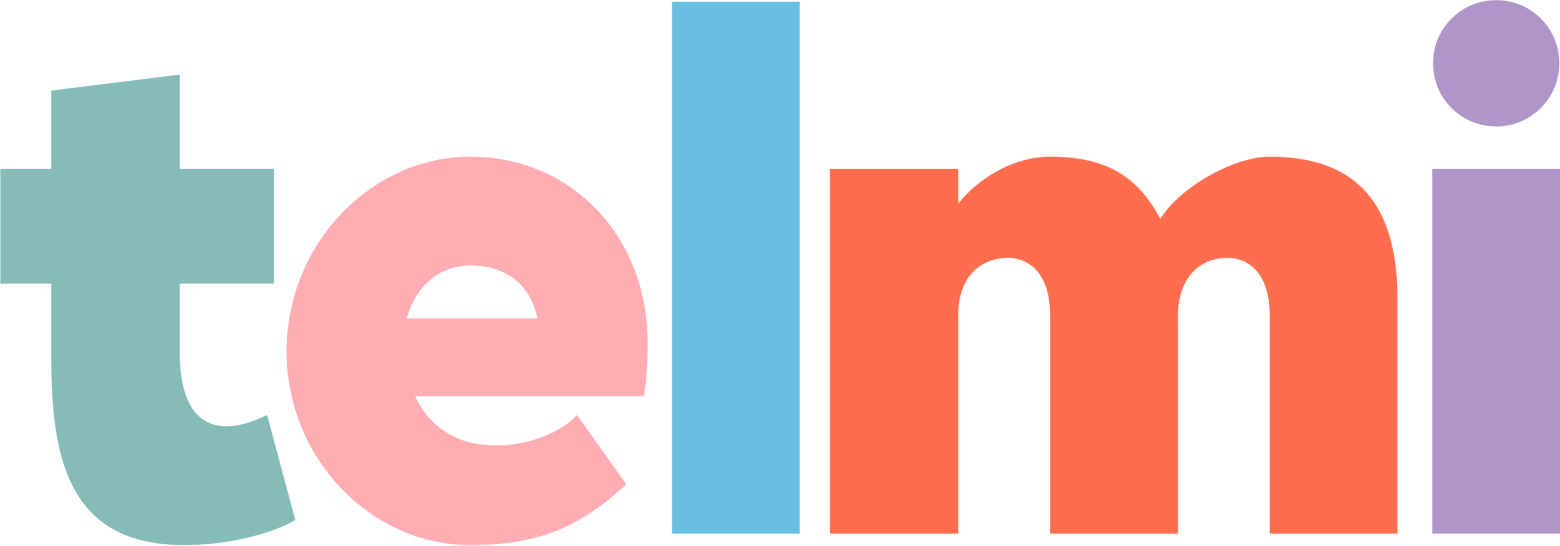
What Are the Barriers to Learning for Neurodivergent Kids?
A closer look at the everyday challenges and overlooked solutions that could transform outcomes
💬 A Personal Reflection
As a founder, former strategy consultant, and mum of two, I often think about what learning feels like for the child who doesn’t quite fit the mould.
For neurodivergent children, those with autism, ADHD, dyslexia, sensory processing differences and more, school can sometimes feel less like a place to grow and more like a system they have to survive.
It’s not just about academic difficulty. It’s about invisible hurdles that exist around them: overwhelming sensory environments, narrow expectations of what success looks like, limited flexibility in how they’re allowed to learn or express themselves.
This is a reflection based on conversations with teachers, parents, and researchers — not to provide all the answers, but to learn together.
🚧 6 Common Barriers to Learning for Neurodivergent Students
1. Lack of Individualised Support
In many classrooms, it’s understandably hard to move beyond a one-size-fits-all approach. But for neurodivergent learners, individualised scaffolding can be the difference between surviving and thriving.
Only 15% of students with disabilities receive tailored accommodations (NCES, 2023).
2. Sensory Overload in the Classroom
Loud bells. Fluorescent lights. Constant chatter. For some kids, these aren’t background noises — they’re barriers.
Teachers are using:
- Quiet corners
- Noise-reducing headphones
- Voice-based tools like Telmi for calm, autonomous reflection
“Telmi gave my students more autonomy… they could record in a calm spot, and that changed everything.”
3. Social and Emotional Barriers
Difficulties with social cues and emotional regulation can lead to isolation or even bullying.
- 36% of SEND students report being bullied (Anti-Bullying Alliance)
- Schools are embedding peer mentoring, emotion coaching, and group norms for inclusion
4. Limited Teacher Training on Neurodiversity
Teachers want to help but don’t always feel equipped. What if professional development included designing for different brains from the start?
5. Rigid Curriculum and Assessment Models
Most assessments are timed, written, and language-heavy — limiting for many neurodivergent students.
More schools are now trying:
- Project-based learning
- Verbal reflections
- Multimodal tasks
6. Writing as a Bottleneck to Learning
Writing can block participation for some children. The challenge isn’t a lack of ideas — it’s the delivery format.
🎙 How Podcasting Can Help Unlock Student Voice
One reason we built Telmi is because we kept hearing this:
“He’s full of ideas, but freezes when asked to write them down.”
When children speak their thoughts aloud — in their own time, in their own voice — their true understanding shines through.
✅ Benefits of Podcasting for Neurodivergent Learners
- Less pressure: no spelling or handwriting worries
- More confidence: students hear their own clear ideas
- Flexibility: record anytime, in quiet spaces
- Creativity: explore tone, pacing, storytelling
- Better connection: teachers hear what might go unwritten
🧠 Rethinking What Inclusion Can Look Like
These aren’t prescriptions — they’re invitations.
What if we:
- Shifted from “supporting needs” to designing for difference?
- Valued voice before structure?
- Saw expression in more than typed paragraphs?
Let’s keep learning together.
💌 Want to Share Your Story or Learn More?
We’re collecting testimonials for an upcoming ebook and blog series on oracy in the classroom.
Would you like to share your experience or receive the ebook when it’s ready?
👉 Click here to join or receive the ebook
Want to try Telmi in your school?
👉 Request a demo or join the waitlist
📚 Sources and Further Reading
- NCES: Students with Disabilities
- Anti-Bullying Alliance: Bullying and SEND
- CYP Now: Barriers for Neurodivergent Children
- NASEN: Inclusive Teaching Research
- 360info: How Schools Fail Neurodivergent Students
- The Education Hub: Addressing Barriers for Autistic and ADHD Learners
- Teaching in Higher Ed Podcast: Fostering Neurodivergent Growth
If you’re interested in finding out more about Telmi, you can visit https://telmi.io or reach out to founder Veronique Trang on Linkedin.
